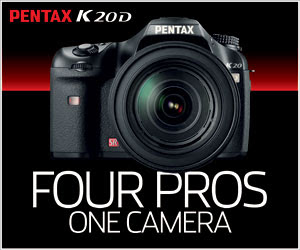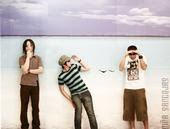The first true digital camera that recorded images as a computerized file was likely the Fuji DS-1P of 1988, which recorded to a 16 MB internal memory card that used a battery to keep the data in memory. This camera was never marketed in the United States, and has not been confirmed to have shipped even in Japan.
The first commercially available digital camera was the 1990 Dycam Model 1; it also sold as the Logitech Fotoman. It used a CCD image sensor, stored pictures digitally, and connected directly to a PC or Mac for download.[6][7][8]
In 1991, Kodak brought to market the Kodak DCS-100, the beginning of a long line of professional SLR cameras by Kodak that were based in part on film bodies, often Nikons. It used a 1.3 megapixel sensor and was priced at $13,000.
The first commercially available digital camera was the 1990 Dycam Model 1; it also sold as the Logitech Fotoman. It used a CCD image sensor, stored pictures digitally, and connected directly to a PC or Mac for download.[6][7][8]
In 1991, Kodak brought to market the Kodak DCS-100, the beginning of a long line of professional SLR cameras by Kodak that were based in part on film bodies, often Nikons. It used a 1.3 megapixel sensor and was priced at $13,000.
The move to digital formats was helped by the formation of the first JPEG and MPEG standards in 1988, which allowed image and video files to be compressed for storage. The first consumer camera with a liquid crystal display on the back was the Casio QV-10 in 1995, and the first camera to use CompactFlash was the Kodak DC-25 in 1996.
Digital cameras are incorporated into many devices ranging from PDAs and mobile phones (called camera phones) to vehicles. The Hubble Space Telescope and other astronomical devices are essentially specialised digital cameras.heir 35 mm film counterparts.
Many compact digital still cameras can record sound and moving video as well as still photograph. In the Western market, digital cameras outsell tDigital cameras can do things film cameras cannot, displaying images on a screen immediately after they are recorded, storing thousands of images on a single small memory device, recording video with sound, and deleting images to free storage space.
Most digital cameras utilize some form of removable storage to store image data. While the vast majority of the media types are some form of flash memory (CompactFlash, SD, etc.) there are storage methods that use other technologies such as Microdrives (very small hard disk drives), CD single (185 MB), and 3.5" floppy disks










0 comments:
Post a Comment